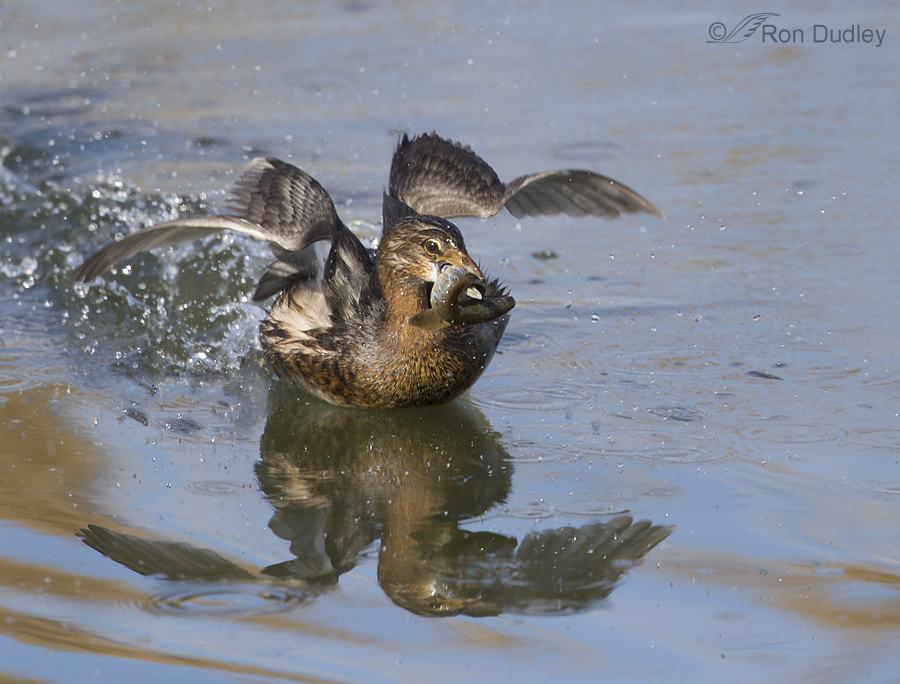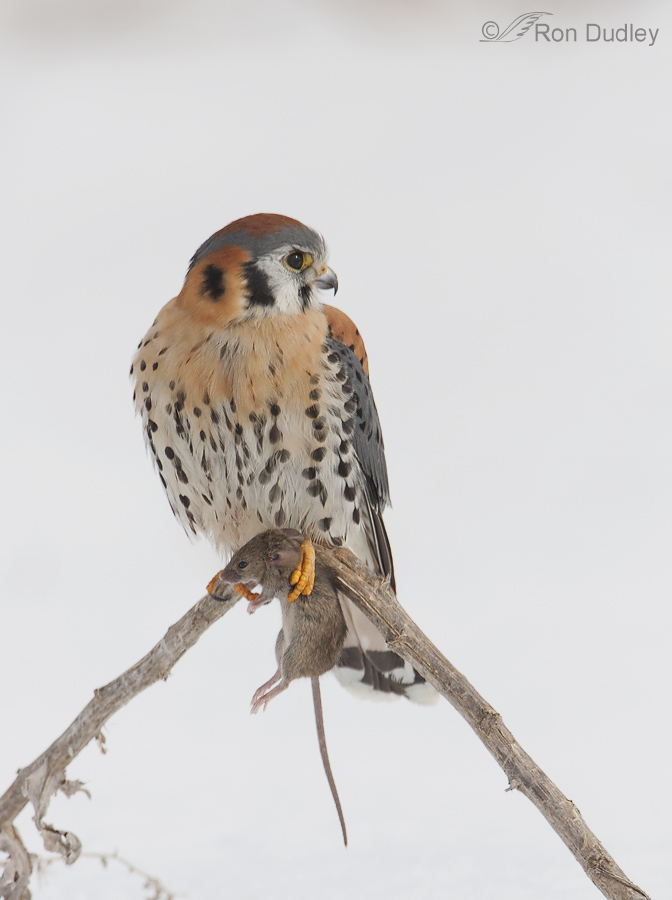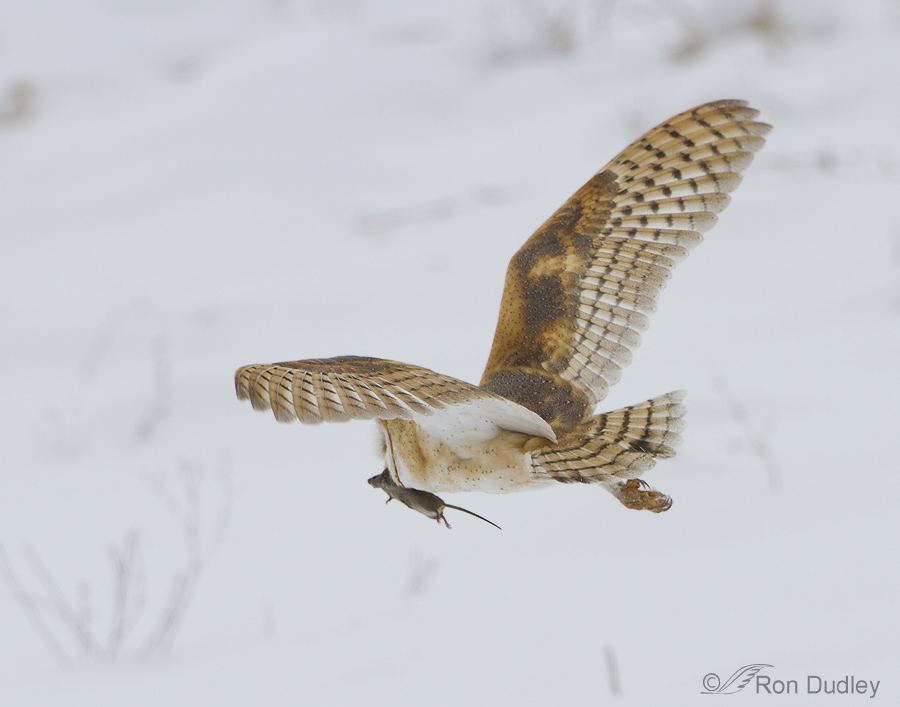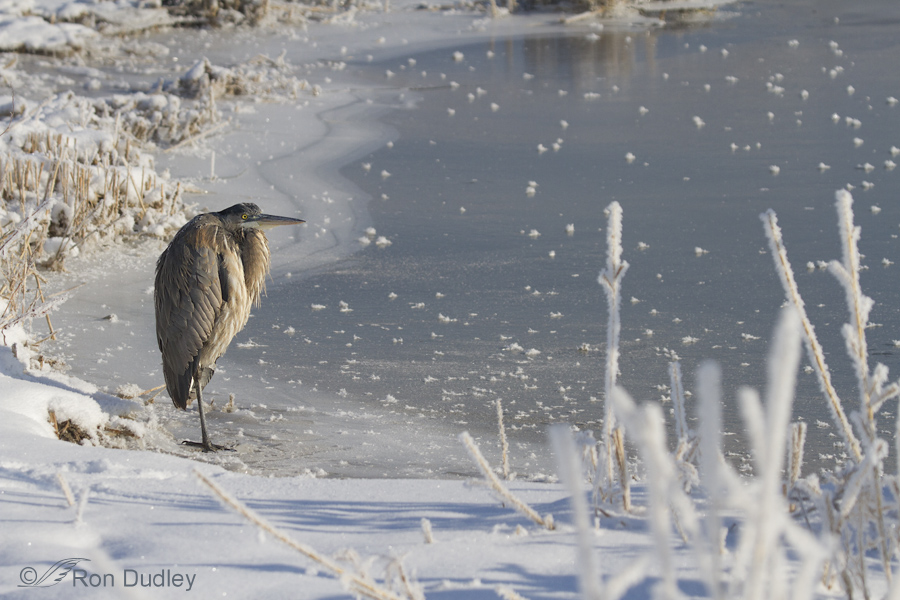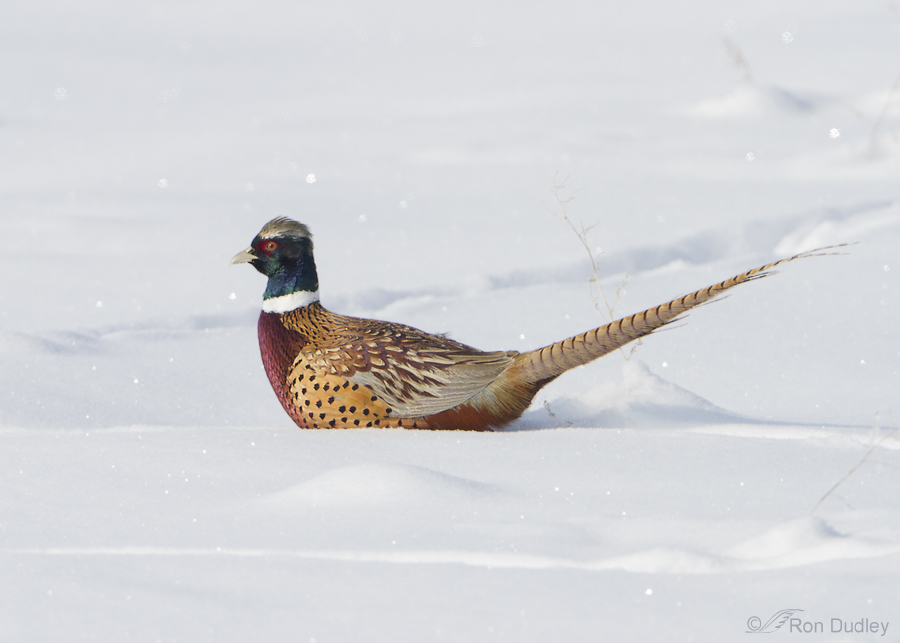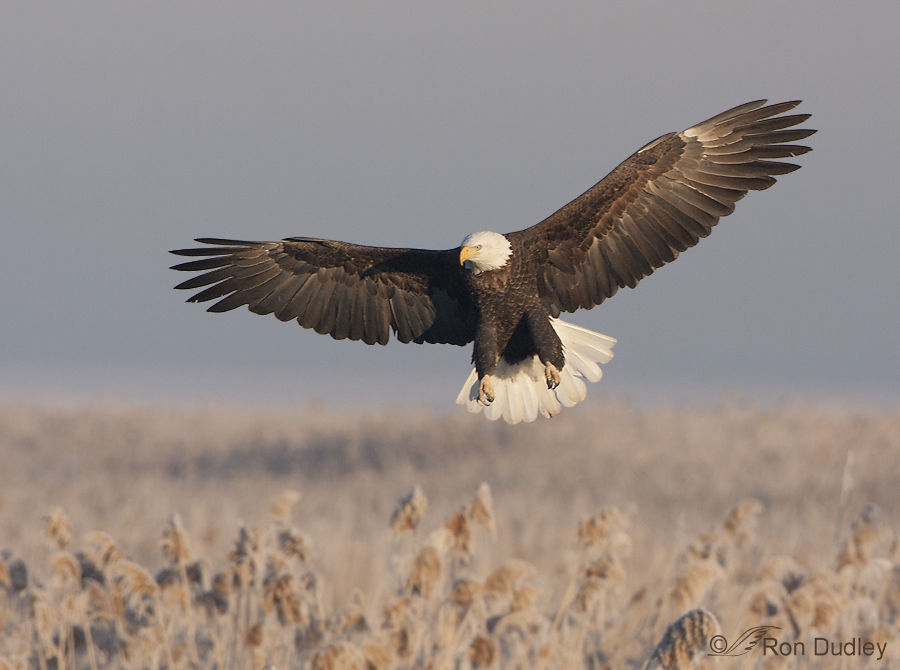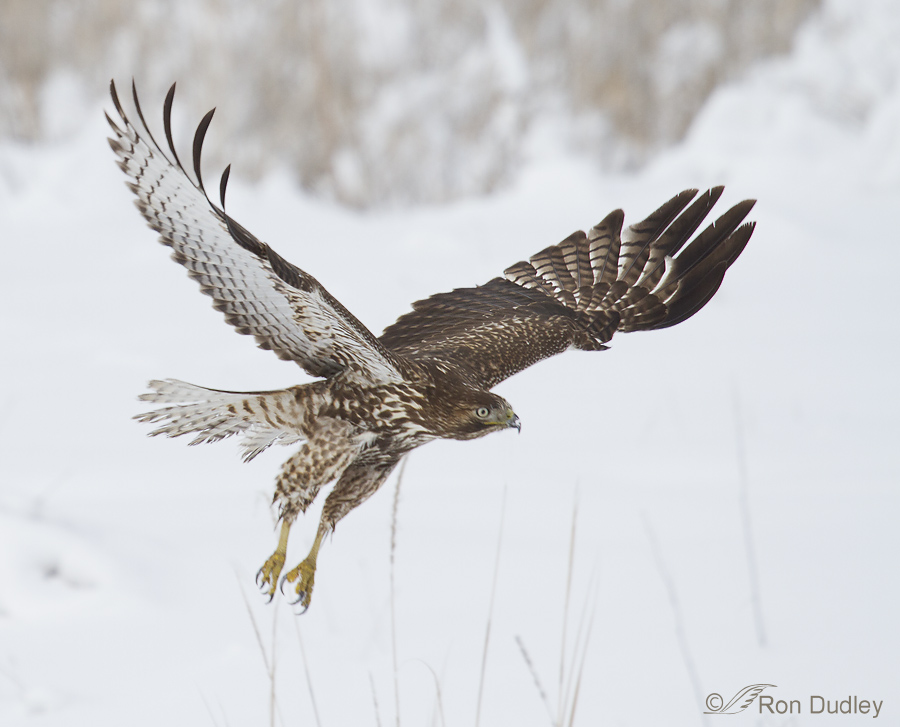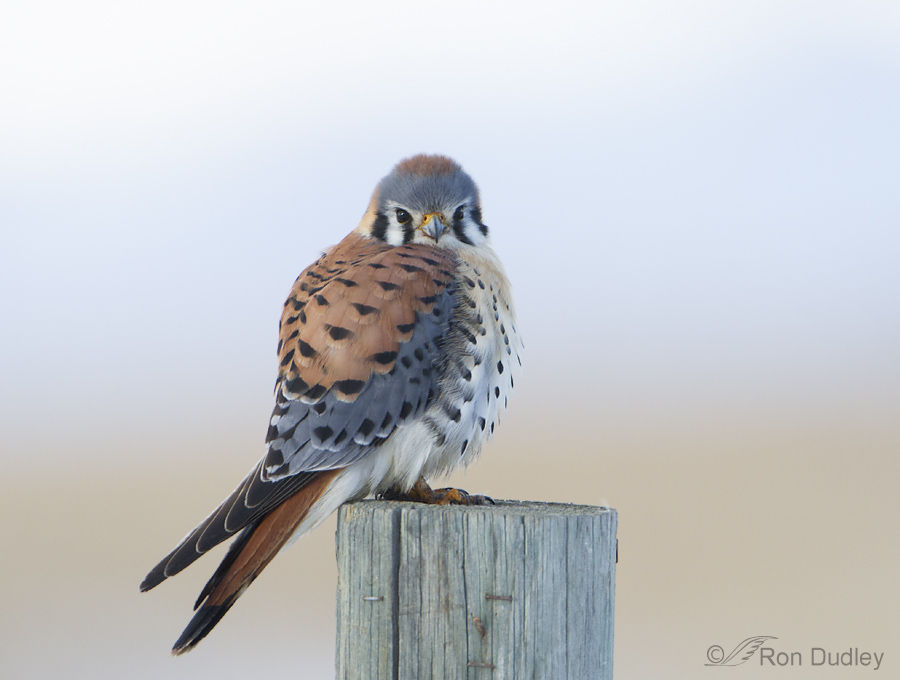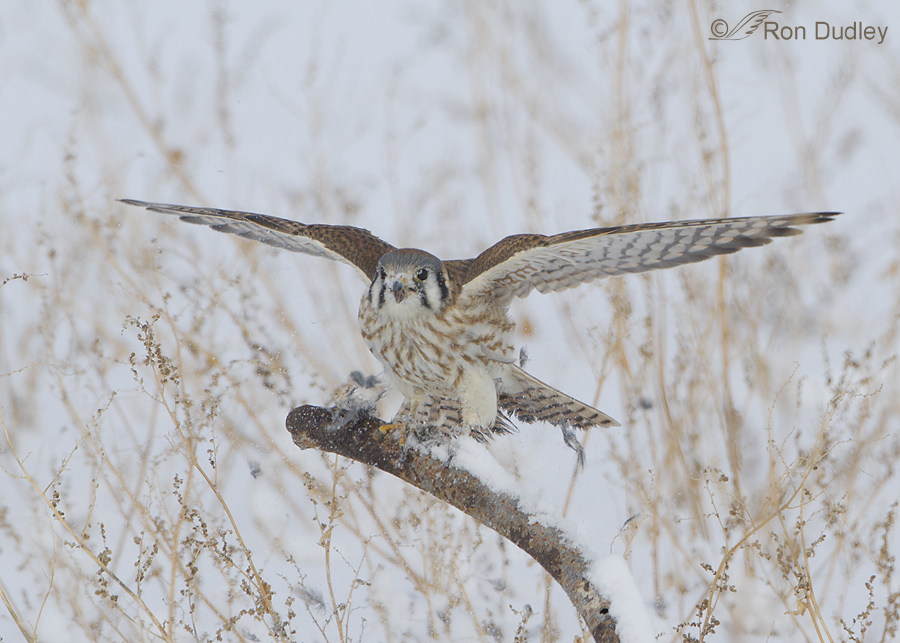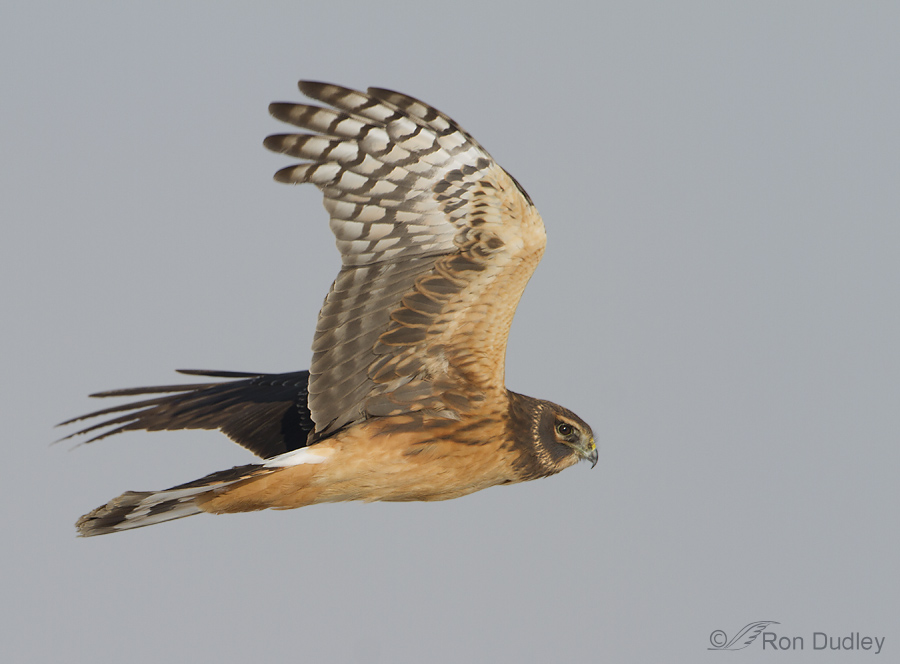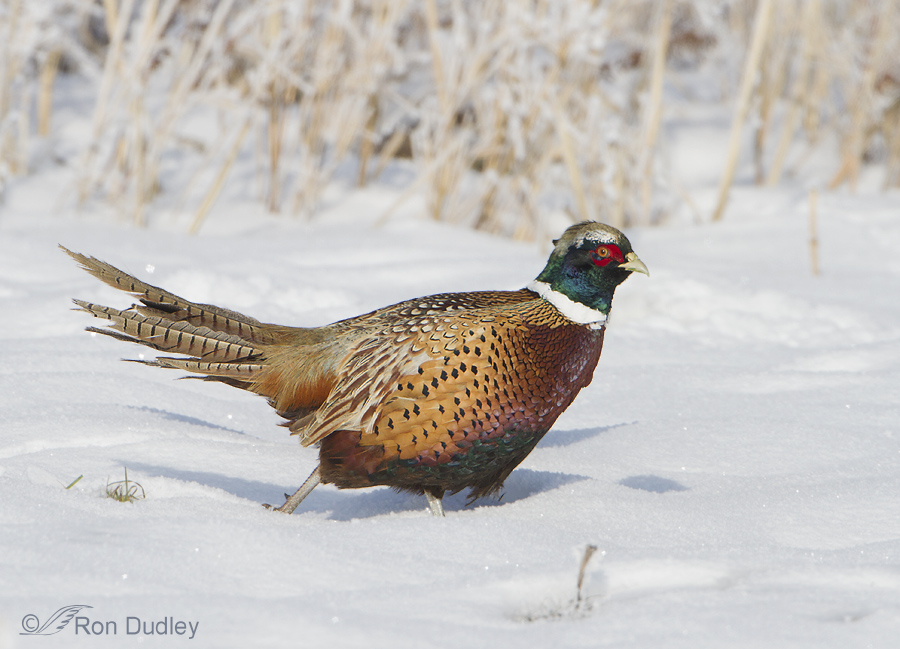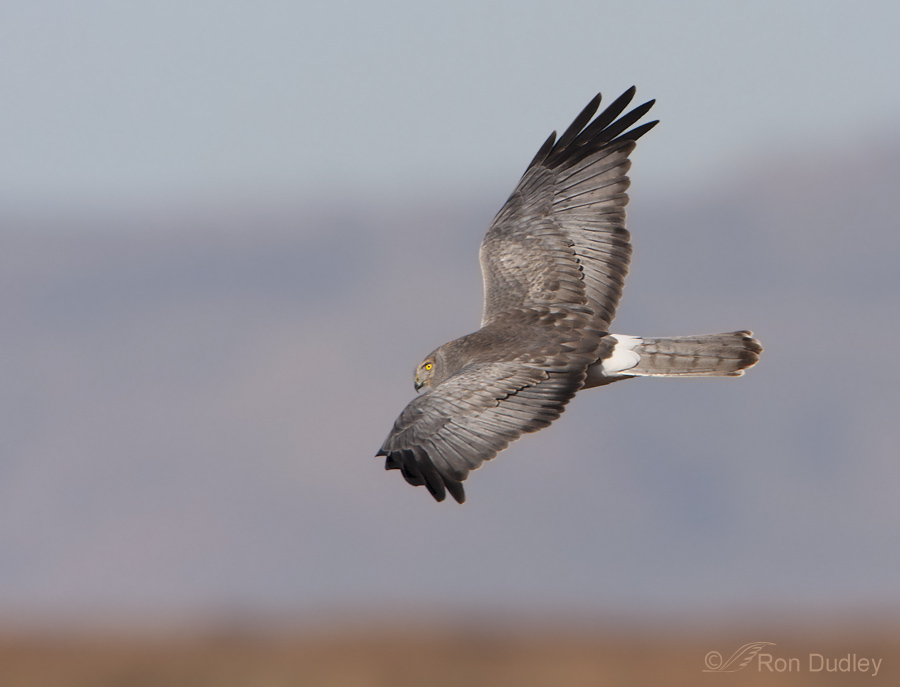Tag: farmington bay
A Tribute To The “Common Species”
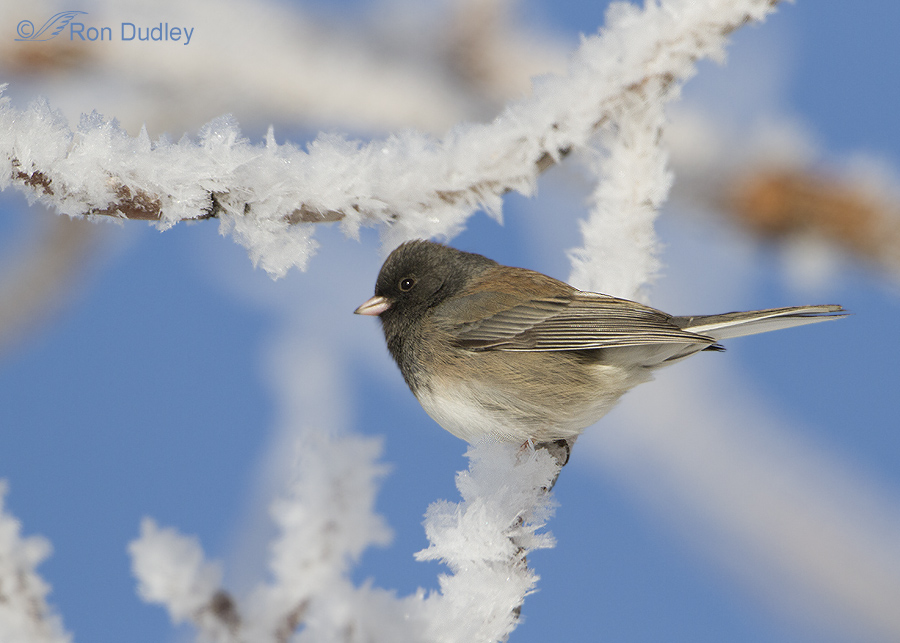
Many bird photographers tend to largely ignore the most common species in their areas and I’m as guilty of that as anyone.
There seems to be a sort of “supply and demand” philosophy – the more common they are the less appealing they are as subjects. That’s too bad for at least a couple of reasons – familiar birds can be just as interesting and beautiful as many of the others and what’s “common” where we live and/or shoot is very often uncommon or even nonexistent for folks in other areas. This post is meant to make up to some degree for my own poor judgment at times in choosing subjects.
A Kestrel, A Mouse And The Potential Demise Of Farmington Bay WMA
One Shot, Two Butts – Three times!
Great Blue Heron On Ice
Some Very Odd-looking Pheasants
Bald Eagle Flaring For A Landing (+ an update on Utah’s dying eagles)
Red-tailed Hawk In Difficult Shooting Conditions
Male American Kestrel In A Pastel Setting
A Barn Owl Hunting And A Delightful Surprise When I Arrived Home
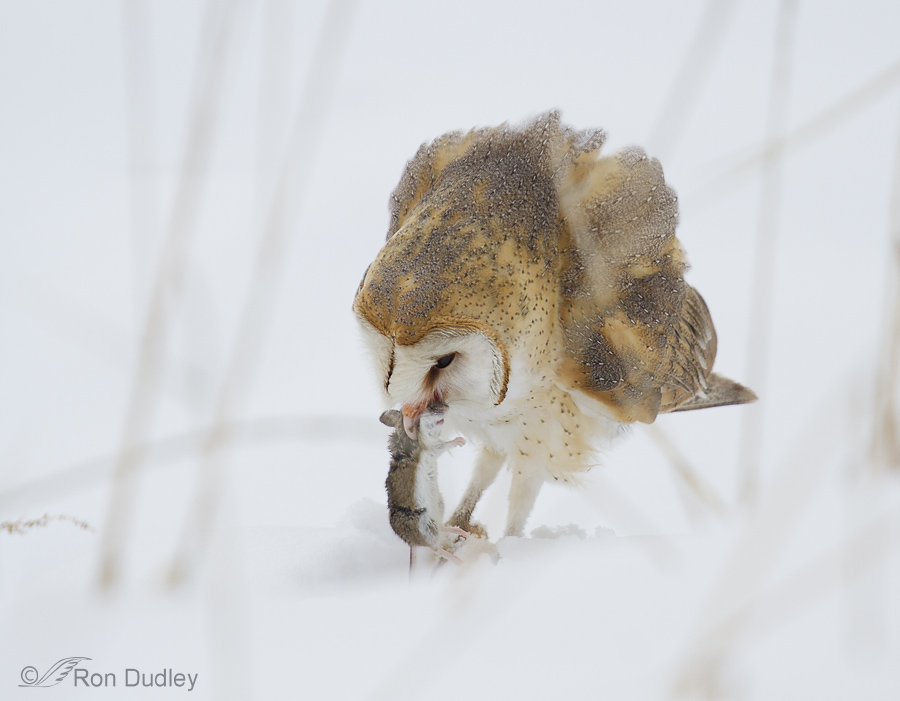
Yesterday was chock full of avian surprises!
It was overcast and gloomy the entire day, the kind of day we normally stay home, but in an effort to relieve cabin fever we finally broke down and left for Farmington at midday. While there we didn’t see many birds and almost left for home after one tour of the area but at the last minute decided to do another. That’s when this cooperative Barn Owl came into play.
A Resourceful Kestrel And An Unfortunate Pipit In The Snow
Northern Harrier On A Mission
The Phantom Pheasant
Male Harrier In Flight On A Four Layered Background
Rough-legged Hawk In A Frosty Wonderland
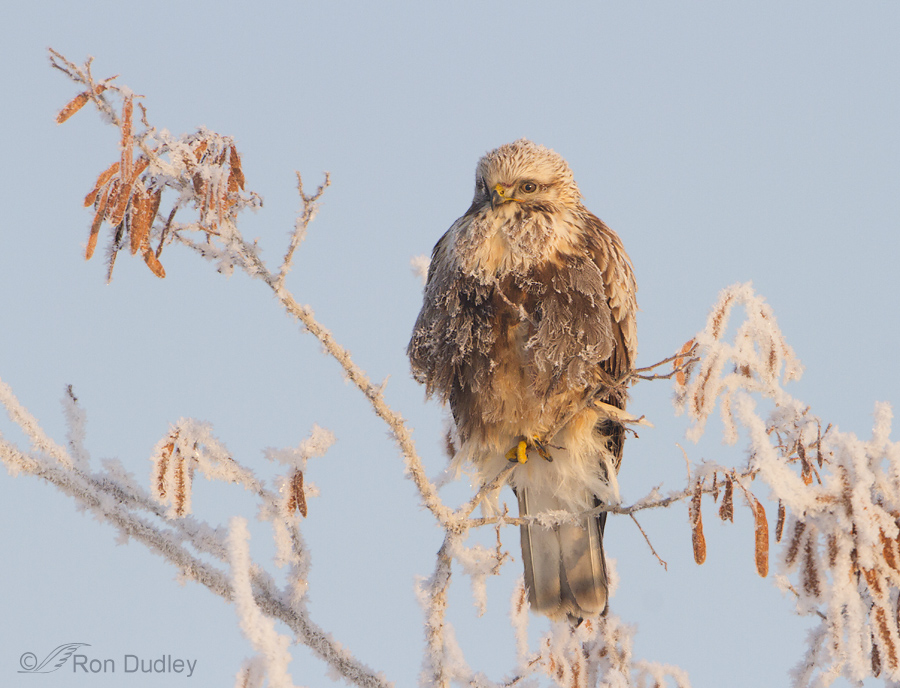
During winter, photography in the valley of the Great Salt Lake can be difficult at best due to frequent inversions that trap fog and smog in the low-lying areas and that especially includes the marshes near the lake. These inversions often last for days or even weeks and the fog and smog get progressively worse each day. But the fortunate result for photographers is the thick hoarfrost that blankets everything in the vicinity of the lake if and when the fog burns off during the day.
A Tribute To The “Common Species”

Many bird photographers tend to largely ignore the most common species in their areas and I’m as guilty of that as anyone.
There seems to be a sort of “supply and demand” philosophy – the more common they are the less appealing they are as subjects. That’s too bad for at least a couple of reasons – familiar birds can be just as interesting and beautiful as many of the others and what’s “common” where we live and/or shoot is very often uncommon or even nonexistent for folks in other areas. This post is meant to make up to some degree for my own poor judgment at times in choosing subjects.
A Kestrel, A Mouse And The Potential Demise Of Farmington Bay WMA
One Shot, Two Butts – Three times!
Great Blue Heron On Ice
Some Very Odd-looking Pheasants
Bald Eagle Flaring For A Landing (+ an update on Utah’s dying eagles)
Red-tailed Hawk In Difficult Shooting Conditions
Male American Kestrel In A Pastel Setting
A Barn Owl Hunting And A Delightful Surprise When I Arrived Home

Yesterday was chock full of avian surprises!
It was overcast and gloomy the entire day, the kind of day we normally stay home, but in an effort to relieve cabin fever we finally broke down and left for Farmington at midday. While there we didn’t see many birds and almost left for home after one tour of the area but at the last minute decided to do another. That’s when this cooperative Barn Owl came into play.
A Resourceful Kestrel And An Unfortunate Pipit In The Snow
Northern Harrier On A Mission
The Phantom Pheasant
Male Harrier In Flight On A Four Layered Background
Rough-legged Hawk In A Frosty Wonderland

During winter, photography in the valley of the Great Salt Lake can be difficult at best due to frequent inversions that trap fog and smog in the low-lying areas and that especially includes the marshes near the lake. These inversions often last for days or even weeks and the fog and smog get progressively worse each day. But the fortunate result for photographers is the thick hoarfrost that blankets everything in the vicinity of the lake if and when the fog burns off during the day.


